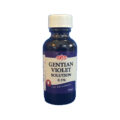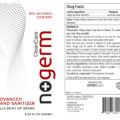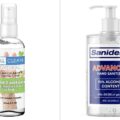
Amaranth can be used to color a variety of foods and beverages, including confectionery products, desserts, cereals, bakery products, dairy products, sausages, and snack foods.
Why is amaranth banned in the U.S.?
Since 1976, Amaranth dye has been banned in the United States by the Food and Drug Administration (FDA) as a suspected carcinogen. A carcinogen is a specific chemical or physical agent that has the ability to cause cancer in individuals exposed to that agent. Interestingly, some carcinogenic agents are associated with increasing the risk of developing specific types of cancer, and once identified, public health agencies go on to take specific measures to limit our exposure and so reduce the incidence of specific cancers associated with carcinogens.
The use of Amaranth dye is still legal in some countries, notably in the United Kingdom where it is most commonly used to give glacé cherries their distinctive color. Other health issues are similar to those of other azo dyes. People who have a salicylate intolerance (aspirin is the most common salicylate drug) may have similar reactions to the amaranth dye.
Additionally, it is a histamine liberator and may intensify symptoms of asthma. There have also been many recent studies asserting links between hyperactivity in children and the consumption of artificial food dyes and preservatives.





